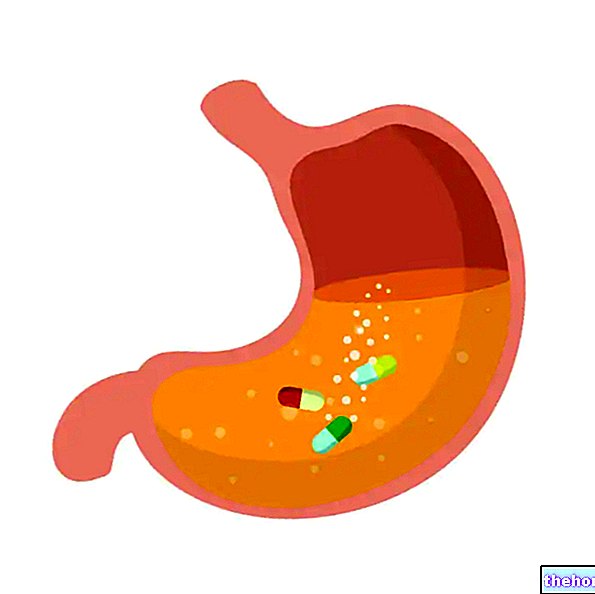Definition
Jet lag - also known as "time zone syndrome" - is a circadian rhythm disorder associated with moving (usually by plane) from one area of the planet to "another, with different time zones.
Causes
Jet lag is a phenomenon that occurs when - moving from one time zone to another - one's biological clock is altered and in contrast with the light / dark cycles to which it is normally used. Therefore, it can be said that there is a lack of synchronization between one's own circadian rhythms and the new conditions of light / dark alternation of the place of arrival.
Symptoms
The main symptoms that can be induced by jet lag are: diurnal asthenia, sleep disturbances (caused by an "impaired melatonin secretion), loss of appetite, nausea, headache, muscle soreness, difficulty concentrating, irritability, difficulty in digestion, constipation or diarrhea.
The information on Jet Lag - Medicines for the Treatment of Jet Lag is not intended to replace the direct relationship between health professional and patient. Always consult your doctor and / or specialist before taking Jet Lag - Jet Lag Cure Medicines.
Medicines
Before intervening with a pharmacological treatment, small precautions could be adopted (both before and during the trip) to try to prevent - or at least limit - the symptoms induced by jet lag.
Before traveling, you can try - if possible - to slightly bring your sleep patterns and meal times closer to those you will follow once you arrive at your destination.
During the journey, however - especially if it is very long - it is advisable to try to rest as much as possible, eat light meals, drink plenty of water and avoid the consumption of alcohol or beverages such as tea or coffee.
In the event that the movements between different time zones are frequent and / or in the event that jet lag is perceived as a very limiting disorder, then one can think of intervening with a drug treatment. The latter is generally aimed at counteracting sleep disturbances caused by jet lag itself.
The drugs that can be used for the treatment of jet lag are short-acting benzodiazepines and benzodiazepine-like drugs.
Furthermore, even the intake of melatonin in small doses could be useful in countering the phenomenon of jet lag, especially when crossing many time zones.
Finally, in some cases, phototherapy can be used to restore the correct sleep-wake rhythm.

The following are the classes of drugs most used to combat jet lag and some examples of pharmacological specialties; it is up to the doctor to choose the active ingredient and dosage most suitable for the patient, based on the severity of the disease, the state of health of the patient and his response to treatment.
Benzodiazepines
As mentioned, benzodiazepines can be used to counteract the sleep disorders that characterize jet lag. More specifically, the benzodiazepines used for this purpose are those with a short or very short half-life (approximately 2-6 hours).
The active ingredient most used against jet lag is triazolam (Halcion ®). This benzodiazepine has specific therapeutic indications for the occasional and short-term treatment of insomnia. The dose of drug usually used in adult patients is 125-250 micrograms of active ingredient per day, to be taken orally just before bedtime.
Benzodiazepine-like drugs
Benzodiazepine-like drugs are active ingredients that have a mechanism of action similar to that of benzodiazepines, but have a different chemical structure.
The benzodiazepine-like drugs used to combat sleep disorders caused by jet lag belong to the class of so-called "Z drugs" (or "Z drugs"). In fact, these medicines have specific therapeutic indications for the short-term treatment of insomnia.
- Zolpidem (Stilnox ®): zolpidem is a drug belonging to the imidazopyridine family and exerts a sedative action. It is available for oral administration in the form of tablets or oral drops. Generally, it is recommended to take 10 mg of the drug as soon as possible. before going to bed The duration of treatment should be as short as possible.
- Zopiclone (Imovane ®): Zopiclone also has sedative activity and is available for oral administration in the form of tablets. The dose of drug usually used is 7.5 mg of active ingredient per day, to be taken before going to bed. Again, the duration of treatment should be as short as possible.




























